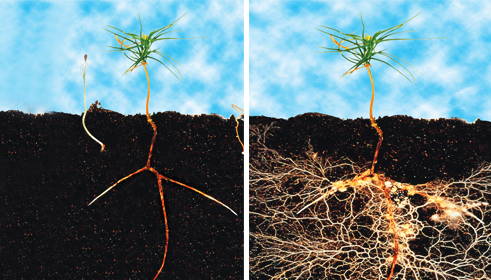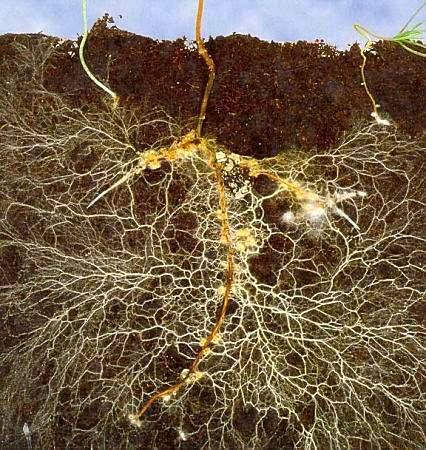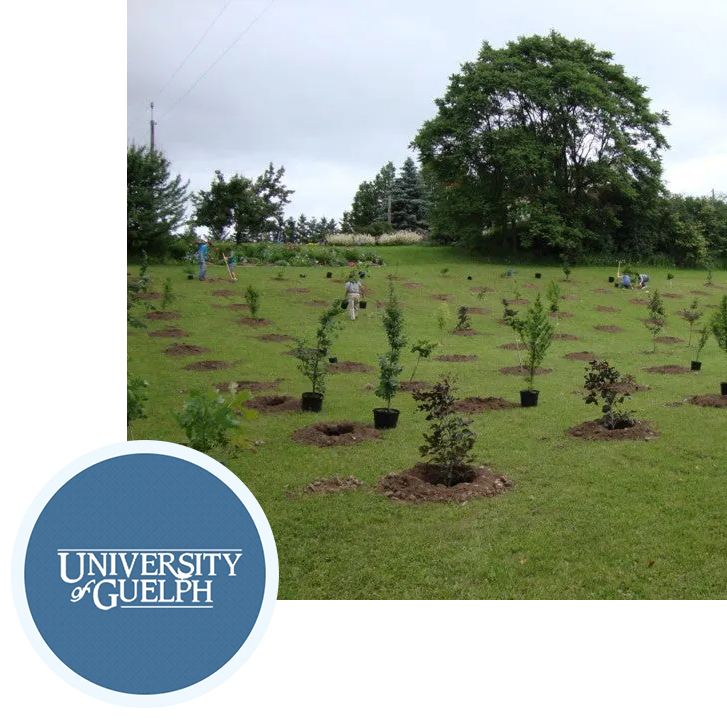I was skeptical when my sister told me of this product. Then I transplanted pepper seedlings into bigger containers and forgot to use it on a handful… when I was planting them in my garden two weeks later, the ones with Root Rescue had tons of new root growth while the others had barely any… I was sold at that moment. I use it on everything now! Highly recommend this product.
900 Gram Root Rescue Transplanter (Free Shipping)
Huge difference in leafing out after transplanting 40 bare root trees,1 - 5 foot, compared to similar bare root trees planted 2 weeks earlier without Root Rescue!
Last year we used Root Rescue in our plantings and follow-up waterings of many berry bushes and our veggie gardens (except blueberries and cabbage family, which do not like R.R.). We had our best harvest ever, and the bushes are doing really well. This year we’ve done more plantings and so far everything is looking super healthy and hearty again, more than any previous year with our usual organic/composting/mulching/ramial wood chips/biochar methods. Thank you for helping us co-create even more than before with Mother Nature!
Christina Anderman, Killaloe, Ontario, Canada
I purchased Root Rescue with the hope that it will benefit trees planted 8 yrs ago but had significant root damage caused by construction company digging a very deep trench 3 ft from the tree trunks. Whether it will be effective will likely take a few years to tell.







